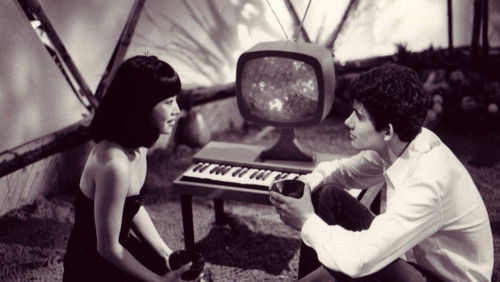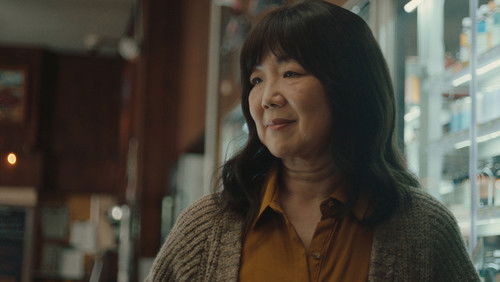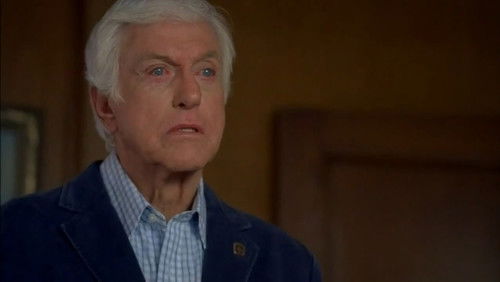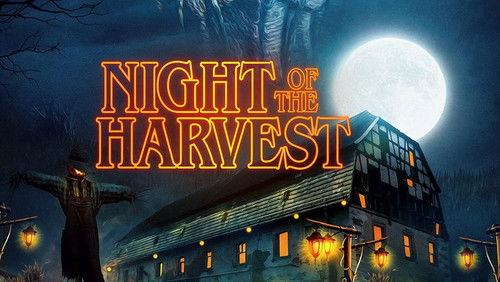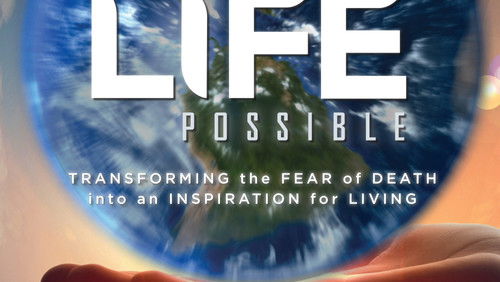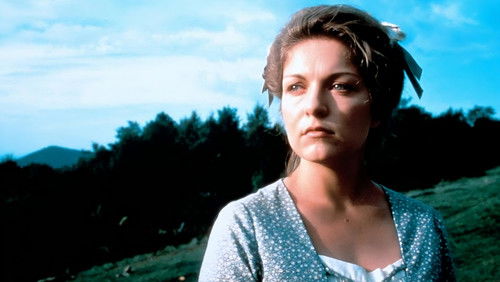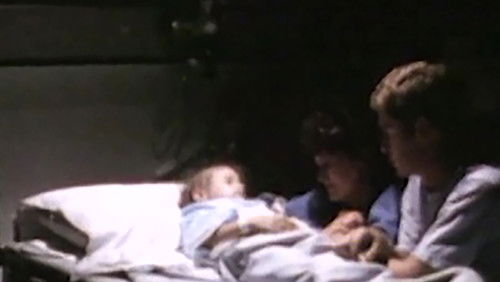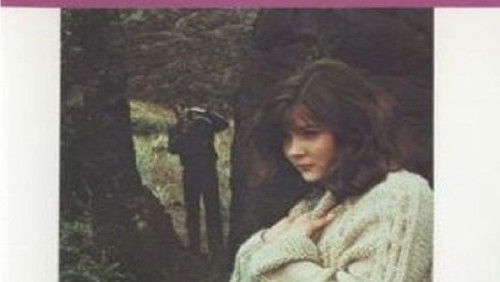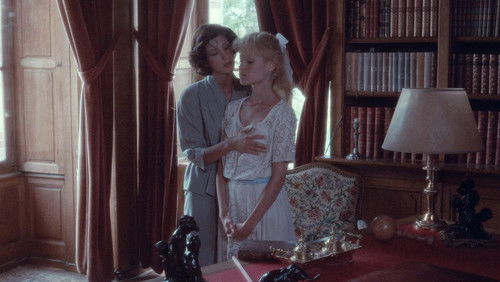Auf Anfang (2006)
9KAuf Anfang: Directed by Joachim Trier. With Anders Danielsen Lie, Espen Klouman Høiner, Viktoria Winge, Odd-Magnus Williamson. Two competitive friends, fueled by literary aspirations and youthful exuberance, endure the pangs of love, depression and burgeoning careers.
“Reprise is the story of two aspiring writers, Phillip and Erik, who both submit their manuscripts to a publishing house, resulting in the acceptance and overnight success of Phillipu0026#39;s novel, while Eriku0026#39;s is returned to him rejected. u0026quot;It confirmed what I had always thought. I have no talent whatsoever.u0026quot; The film tells of youthful aspiration, unanticipated tragedy and what consequences this has on young people as they try to make a path for themselves through life.u003cbr/u003eu003cbr/u003eThe film opens with Phillip and Erik standing by a postbox, preparing to send off their literary efforts. Already the scene is tinged with the dreary greyish blue and grey shades that colour the whole film, the two boys clothed in black. The dreariness of these colours (trendy as they are at the moment) add to the filmu0026#39;s style but also stains the action with a frustrated melancholy that reflects that of the protagonistsu0026#39;, as they come up against failure and difficulty. In this first scene, however, the post box shines out against this backdrop in deep red, a beacon of hope. Already we see the controlled aesthetic beauty of the style, and an attention to detail with which the emotions of the characters are portrayed through visual means.u003cbr/u003eu003cbr/u003eSix months after Phillipu0026#39;s book is published, we see Erik and Phillipu0026#39;s other friends pick him up from a psychiatric hospital where he has been since a mental breakdown that eventually caused him to come to blows with a glass door. The film treats the issue of madness sensitively and thoughtfully, inspiring empathy and understanding. The young Anders Danielsen Lie is excellent as Phillip, playing the troubled but gifted writer subtly and powerfully. The events are not shown chronologically, to give weight to those things that made the most crashing impact. For example, it is not until Phillipu0026#39;s return form hospital that we learn of the existence of his girlfriend Kari, whom he loved so intensely that it, according to the psychiatrists, triggered his mental disintegration. This side of the story is told separately from the progression of events, giving it a strength that shows just how much it affected him. Similarly, Trier makes use of flashbacks and mixes up viewpoints of situations to show them in the way that they would be remembered – allowing us to understand and associate with the characters all the more. Also, when we see conversations between Phillip and Kari, they are often shown to not be speaking, while their voices play in the soundtrack, and only occasional words are mouthed out. Such techniques portray a scene filled with emotional closeness, and show it how it might be remembered – after all the mind does not retain all details with photographic precision, but holds on more tightly to those which have some emotional importance.u003cbr/u003eu003cbr/u003eHowever, the film is not entirely pervaded by this intense mood, which might make it too heavy. Trier still has a sense of humour, and that is what gives the film its completeness. He portrays the charming silliness of the youths with empathy – for example, their great admiration for their literary hero. They find his house, and seeing that he is walking his dog in a nearby park, take a picture where it seems like Phillip is jovially discussing some fascinating topic with his hero. The next shot cuts to their discovery that the photo is completely black. u0026quot;It helps if you take off the lens cap.u0026quot; Trieru0026#39;s gentle mockery of the protagonists endears us to them, with their youthful ineptitude. I also particularly liked the use of text – when they discover that said hero will probably be present at a book launch party they are invited to, his name flashes up in white lettering that fills the screen in a news headline manner that captures their innocent joy perfectly, and also pokes slight fun at it. In general the film captures the vivacity and excitement of the characters, though still in a controlled manner. After we see them post their manuscripts, Erik narrates a black and white passage which excitedly reels off all their dreams and hopes where they jet off across the world, meeting weird and wonderful women and sparking literary debate, and eventually accidentally find each other again in a café, no, in the street, no, in the metro.. It becomes all the more tragic of course, after all of this, to see how things actually turn out. By showing not only the events of the story, but also the charactersu0026#39; thoughts and memories, Trier gives a full account of the emotions that the characters endure. In addition, the importance of friendships and relationships is also shown through the charactersu0026#39; banter and teasing and stumbles as they try to find the right way to deal with other people. Their hearts are open and we are let into them and bond with them as they are swept along by events.u003cbr/u003eu003cbr/u003eIn the introduction to this film, the audience was told to be kind to Trier and the rest of the delegation, as this was the international premier of this debut film – and the director had never had a feature film shown to any audience ever before. Cheers welcomed them into the hall. And I have to say, I think they are deserved. This is an extremely proficient effort for a first film, which combines sensitivity and dry humour, style and emotional understanding, excellent acting and cinematic control. It is certainly one of the strongest films in the competition this year.”
